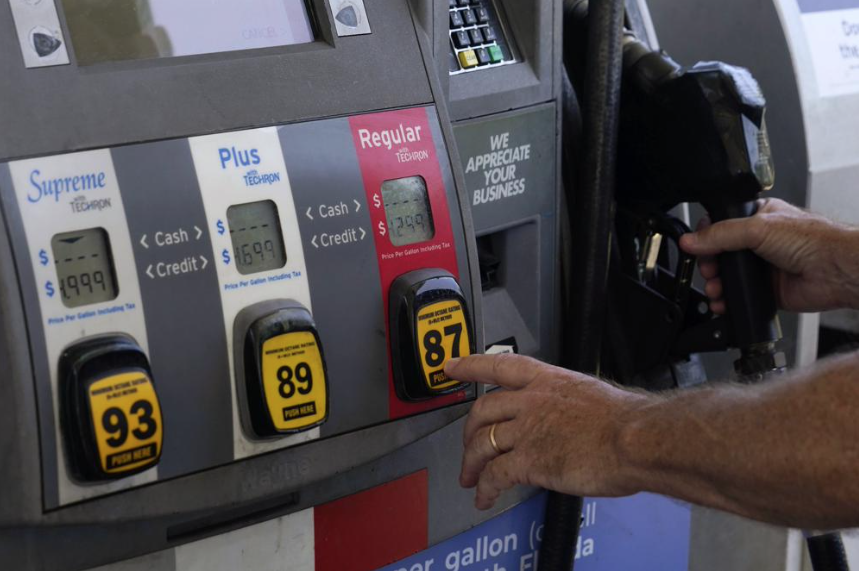
Florida motorists enjoyed a small savings at the pump last week, but they shouldn’t expect it to last long.
Gas prices in the Sunshine State averaged $3.56 per gallon Sunday. That price point, 2 cents cheaper than the 2023 high reached a week before, could grow more expensive soon as oil costs rise again.
The price of crude oil increased 2% last week to a new 2023 high of $83.26 per barrel on the belief that falling U.S. inflation could ease pressure on the Federal Reserve to raise interest rates. That could be bullish for gas demand, according to AAA — The Auto Club Group.
In the short term, it could also lead to around a 5-cent increase at the pump.
Also steepening prices is a new report from the International Energy Agency that forecasts global fuel supplies may not keep up with global demand due to OPEC’s decision to begin cutting oil production next month by more than 1 million barrels daily.
Flooding in South Florida this past week led to reports of gasoline outages at filling stations in the region. Fortunately, distributors found quick workarounds.
The flooding interrupted fuel terminal operations in Port Everglades, which receives about 40% of the state’s gas supply. To compensate for the shortage, shippers brought gas in through Port Canaveral, Tampa and Orlando. And as of Monday, operations are fully restored at Port Everglades and gas supply to South Florida should return to normal soon.
AAA is urging residents who suffered flood damage to their home or automobile to document the damage and contact their insurers as soon as possible to start the claims process. They should also be leery of unlicensed or deceptive contractors.
The most expensive metro market for gas is, again, the West Palm Beach-Boca Raton area, where fuel costs $3.74 per gallon, followed by Miami ($3.65 per gallon) and Fort Lauderdale ($3.63).
The cheapest gas is in Panama City ($3.44), Crestview-Fort Walton Beach ($3.44) and Pensacola ($3.46).



